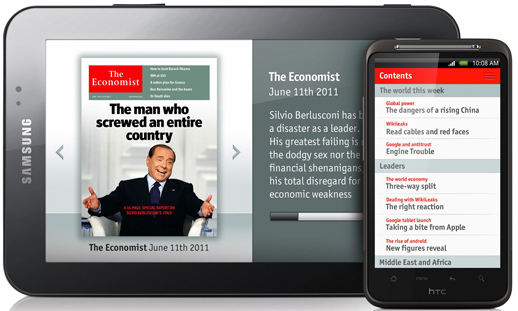At today’s Mobile Media Strategies conference, Rebekah Billingsley, mobile publisher, Immediate Media, explained how the publisher, which was formed in November 2011 after a merger of BBC Worldwide magazines, Origin Publishing and Magicalia, has become the “second largest publisher of digital magazines”, based on Immediate’s own tally, with more than 1.3 million downloads to date and 16 apps downloaded every second.
Immediate Media launched its first magazine app in 2010 when it released Focus, later following with Good Food, which is now the “highest rated magazine app in Newsstand”.
When Apple’s Newsstand launched in October 2011 “sales quadrupled overnight”, Billingsley said. The same month as Newsstand launched, Immediate Media launched its History Magazine to Kindle.
And the previous year it started releasing ‘bookazines’, single editions with a long shelf-life. Two years on and the publisher aims to launch three bookezines a month and “every month they are making more and more money”, Billingsley told delegates.
Today 48 per cent of Immediate’s revenue from Apple comes from outside the UK and monthly PDF revenues have grown 500 per cent since launch.
“Be prepared to be surprised,” Billingsley urged delegates.
She had thought consumers would only opt for “enhanced, fully interactive models”. But recent ABC figures show “four out of the top 10 sellers are PDF replicas”.
Billingsley was also surprised by the numbers reading magazines on their phones, with 10 per cent of magazines bought via Zinio read on phones.
“Launching our titles gave us access to data in lots of countries,” Billingsley said, explaining they are now planning the roadmap based on actual data.
Billingsley warned:
Don’t just assume on behalf of your consumers. It’s new to them as well.
One thing Immediate did in order to convince advertisers of the value of the new app products was to hire 20 iPads and send them to media planners and also equipped sales teams with the devices.
And Billingsley’s advice for consumer publishers considering apps?
As long as you are using cost-effective technology and testing you can try new things.
She also encouraged the repackaging of existing content.
Her final words of advice were to “watch your competitors, better still take them to lunch”.




